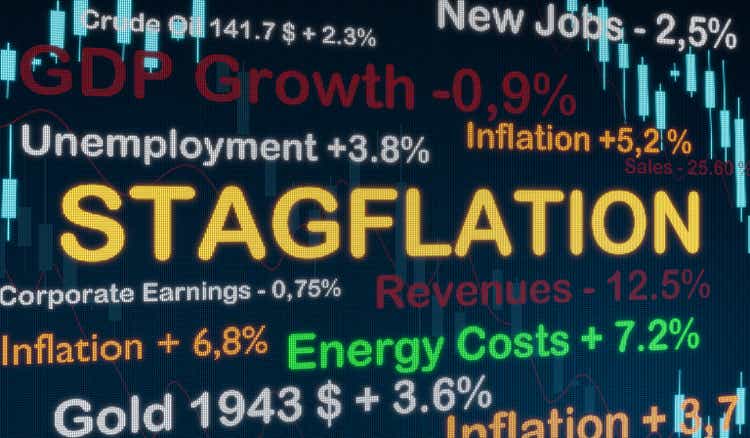Torsten Asmus
Disturbing Data
Some baseball umpires call balls and strikes as what they should be, how they see them, or what they are. Market and economic observers are like umpires. A majority tend to be in the first group, believing the next major trend will have inflation under control and stock prices rising. As a long-term investor and manager, I am caught between the latter two choices – seeing the future as presented or as it is or will be.
I am interested in what readers believe the future is likely to be.
Current Data
Government economists see an approaching pivot in the economy resulting from the only inflation tool at their disposal – interest rates to constrain demand. (Not a more useful approach of augmentation of supply, i.e., more domestic energy and less restrictive regulations.) Market bulls see a stock market led by the DJIA Industrials, +17.48% from its bottom, as the beginnings of a new “bull market”. I see a rally in a bear market, with the natural leader being the NASDAQ, with a gain of only +7%.
Current Data Forecasting Problems
For most of this year, the interest rate spread between 2- and 10-year US Treasury bonds has been inverted, a historic predictor of recession. The current yield on the 2-year is 4.51%, which is higher than 10- and 30-year rates.
The weekend edition of the WSJ showing prices of securities, commodities, and currencies was extremely volatile, with 65% declining. Furthermore, the weekly posting for the ECRI industrial price index showed a year-over-year decline of -12.9%. While not conclusive, these readings suggest that when our inflation ends, it will begin a deflationary cycle very few are expecting.
2023-2024 Views
As to the future, I am not sure what I see. I have respect for the very bright people at Goldman Sachs. (A holding in our private financial services fund and other accounts.) In their latest economic projection, they see US GDP only producing a +1.0% gain in 2023, increasing to +1.6% in 2024.
Whenever I see a projection below 3%, I remember all the times small gains didn’t happen for operational, weather, and other unpredictable reasons. With larger gains, there is room to absorb surprises.
The second, and more dangerous, Goldman projection was the beginning of a dreaded period of stagflation. In the US, we have had two periods of stagflation lasting more than ten years. Stagflation is a period of rising inflation with generally flat profits, which could be caused by higher effective federal, state, and local taxes. While it is probably too early to adopt a stagflation portfolio strategy, it is not, in my opinion, too early to begin researching the composition of such a portfolio to carry one through such a period.
Goldman believes there is some good news for investors in 2023 and 2024. Economically, they see China’s growth rising to +4.5% and +5.3%, respectively. They also see India’s economy growing +5.9% and +6.5%, respectively. While we have some exposure to India in our personal portfolios, it represents less than our exposure to China. This is because of the different level of efficiency and integrity, but we could be wrong. At any rate, US funds invested in the China region were the best performers this past week.
The Stock of T. Rowe Price is still Teaching
In the last edition of the blog, I wrote about T. Rowe (TROW) stock price going up from $103.71 to $133,34 in the week. At the same time, daily trading volume expanded from 1.7 to 5.5 million shares. I commented that this demonstrated the lack of liquidity for an NYSE stock. On Monday this week, the stock opened at $131.02 and ended at $125.50, essentially the same level it began the week before, $125.84. The big difference was trading volume. The prior Friday it was 5.5 million shares, followed by 3.2 million shares on Monday and 1.5 million shares on Friday.
The lesson is that if you are anxious enough to raise your price, you can find liquidity. Trading liquidity disappears with the absence of demand. (Some of the liquidity is supplied by the short side.) It was clearly a week where patience and discipline paid off.
Beware of What you Believe
My sharp-eyed brother reminded me that the perception of half the start-ups not making it to five years was based on a Small Business Administration study relying on data from telephone companies. Many of the start-ups were dissolved, acquired, or moved without maintaining their phone number. We are not doubting the risks involved with both small companies and start-ups. But we should always investigate the source of the data to make meaningful decisions.
What is your current view of the future?
Editor’s Note: The summary bullets for this article were chosen by Seeking Alpha editors.


Be the first to comment